

Engage prospects with a scan and streamline customer engagement with FREE QR code marketing tools by Sona – no strings attached!
Create a Free QR CodeFree consultation

No commitment

Engage prospects with a scan and streamline customer engagement with FREE QR code marketing tools by Sona – no strings attached!
Create a Free QR CodeFree consultation

No commitment
Car security guard services are navigating a landscape with increasing vehicle thefts and rising client expectations for accountability, responsiveness, and proof of presence. Many organizations still rely on paper logs, manual patrol sheets, and disconnected workflows, which makes it difficult to capture essential information about on-site incidents and inbound interest. Without digital visibility at the curb, in the garage, or at the gate, high-value prospects often go untracked and potential B2B contracts or residential clients slip through the cracks because actionable data never reaches the CRM.
Modernizing with QR codes bridges these operational and marketing gaps. Their mobile-first usability lets guards, facility managers, and vehicle owners connect with a single scan: to report an incident, access real-time security resources, verify guard credentials, or request a quote at the point of need. Unlike traditional forms or complicated portals, QR codes reduce friction and enable precise tracking of every inquiry or engagement as it happens. The result is more immediate lead capture, better-informed patrols, and proactive communications tailored to real customer needs.
The move toward QR-enabled workflows is more than updating legacy practices. It rewires the customer experience, ensuring that data from every physical touchpoint flows into your digital systems. With the right setup, car security guard providers can drive higher revenue, smarter client targeting, and operational transparency at scale. The sections below explain how QR codes capture high-intent leads, automate processes, and deliver tailored security solutions that meet the urgency and stakes of vehicle protection.
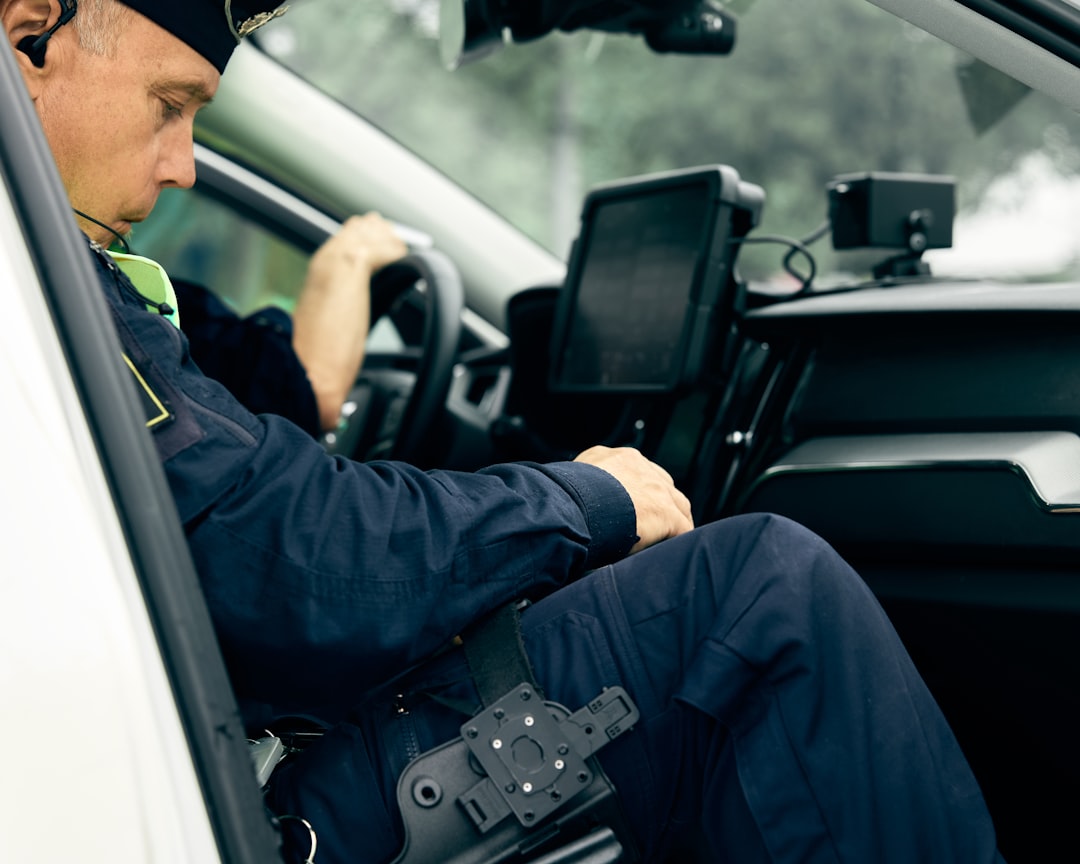
A recurring frustration in car security guard operations is when promising leads engage with on-site signage or interact with patrol staff, yet their interest is never recorded or routed for follow-up. QR codes turn every patrol checkpoint, vehicle decal, or access pass into a portal for digital engagement, ensuring data does not get lost between the parking lot and the sales team. When a potential client scans, you immediately capture intent, context, and a clean path to follow-up.
Start by identifying analog bottlenecks that cause drop-off: printed brochures that lack a trackable next step, paper incident forms that never leave a clipboard, or manual sign-in logs that are uploaded late or not at all. Replace each with QR touchpoints linked to dynamic landing pages, forms, and instant contact methods. This shift transforms passive interest into measurable lead signals and sets you up to nurture prospects at the moment of intent. For platform fundamentals and features, see Sona QR’s product overview.
Modern QR solutions eliminate manual entry errors and help businesses move beyond missed opportunities and untraceable paper trails. With the right platform, every scan becomes a lead touchpoint that funnels directly into your CRM with source, location, and intent, ready for automated follow-up and sales attribution.
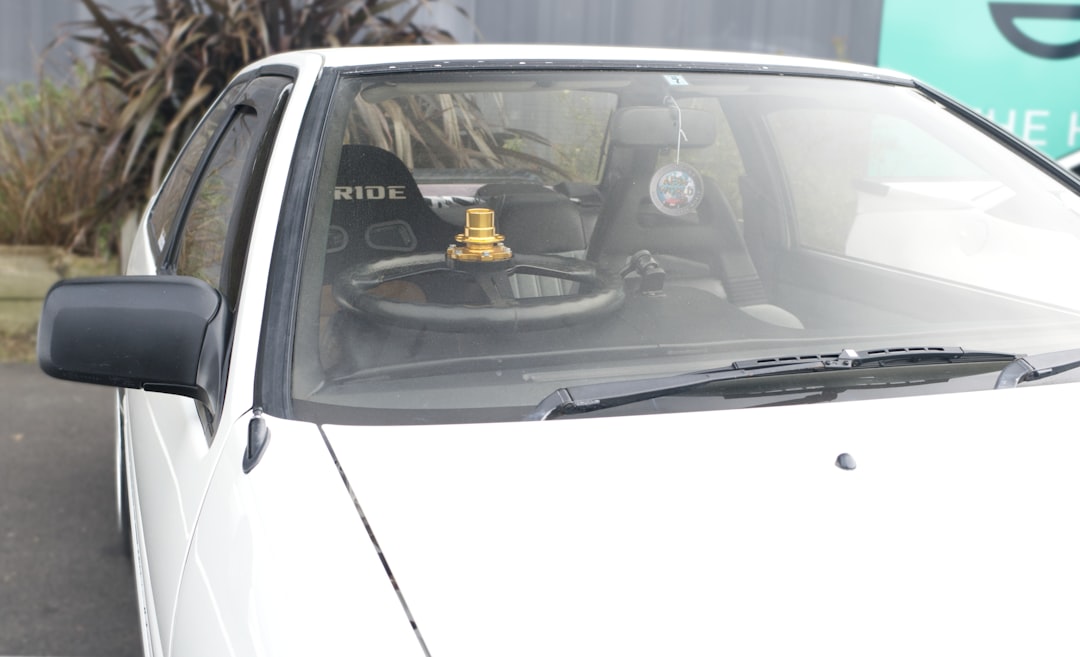
The challenges for car security teams often arise from the gap between on-the-ground engagement and follow-up action. A property manager chats with a guard about adding weekend coverage but never schedules a site survey. A resident notices suspicious activity yet does not know how to report it. A fleet operator sees your patrol vehicle and intends to request a quote but forgets after leaving the lot. QR codes provide a remedy by instantly creating documented pathways from interest to inquiry and from observation to action.
For this vertical, QR codes make your physical presence work harder. Printed materials, decals, and signage become triggers for real-time engagement that route to the right destination for the right audience. Whether your goal is to boost quote requests, speed incident reporting, or verify guard presence, QR codes add the simplicity and trackability that analog processes lack.
Integrated into access points, marketing assets, and signage, QR codes turn offline interactions into measurable digital actions. The benefits are immediate: cleaner data, faster response, and better attribution of which touchpoints influence pipeline and revenue. For broader strategy, read Sona’s blog post titled The Essential Guide to Offline Attribution: Maximizing ROI Through Offline Channels.
Inconsistent workflows, such as relying on generic web forms or requiring app downloads, reduce engagement and complicate data collection. The right QR format aligns with specific user actions and context. Selecting formats that match field conditions and user preferences increases completion rates and the quality of data you collect.
For car security guard services, the most effective formats enable instant contact, quick forms, and credential sharing. In garages and parking lots, scanners may have limited time and variable lighting. Your QR flows should be short, device friendly, and resilient.
With a centralized platform like Sona QR, you can generate, manage, and edit all these formats. Dynamic codes also let you iterate based on performance, swapping destinations or adjusting content without reprinting any assets.
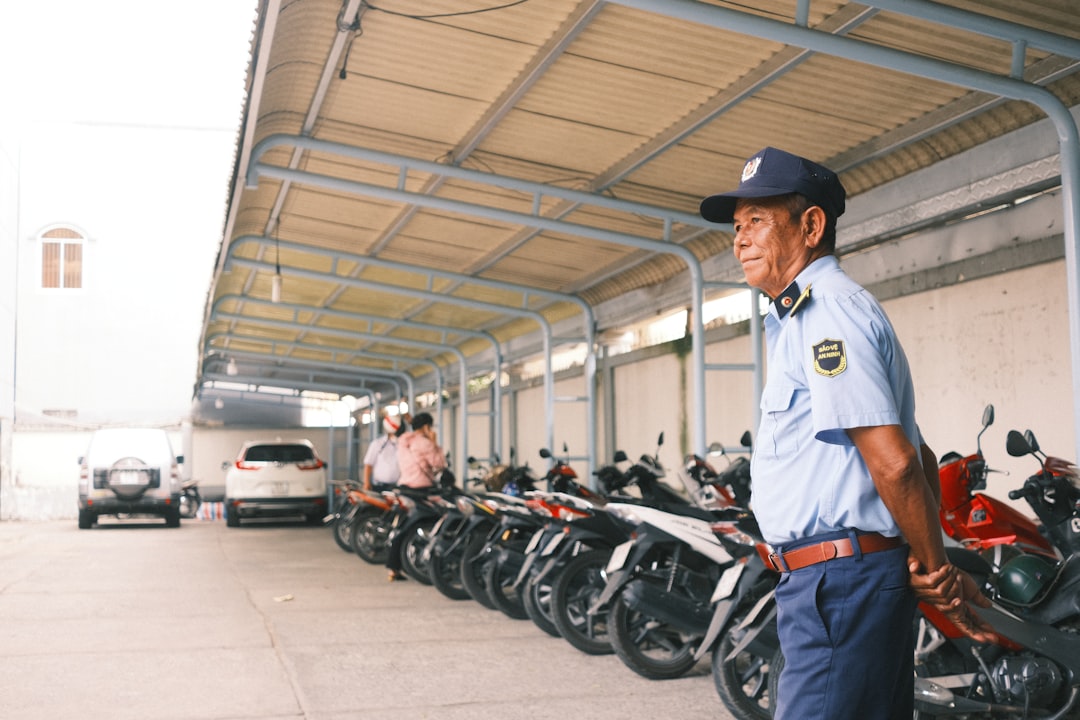
Lost prospects and weak engagement often result from QR placements that do not align with real-world behaviors. In car security guard services, high-intent moments occur where risk or responsibility is top of mind: at entry and exit points, near payment kiosks, or when a patrol car is in sight. Mapping the buyer journey to physical spaces helps you identify placements that naturally drive scans and conversions.
Analyze past incidents to pinpoint underreported areas or times when engagement dips. If certain garages have recurring vandalism but few reports, add QR reporting stations near stairwells or elevators. If direct mail has underperformed, test new calls to action that offer a same-day quote or a free site vulnerability assessment to increase responses.
By observing where people naturally wait, look for help, or evaluate services, you can identify the best QR locations. Pair these placements with clear calls to action that match the moment: report, request, verify, or schedule.
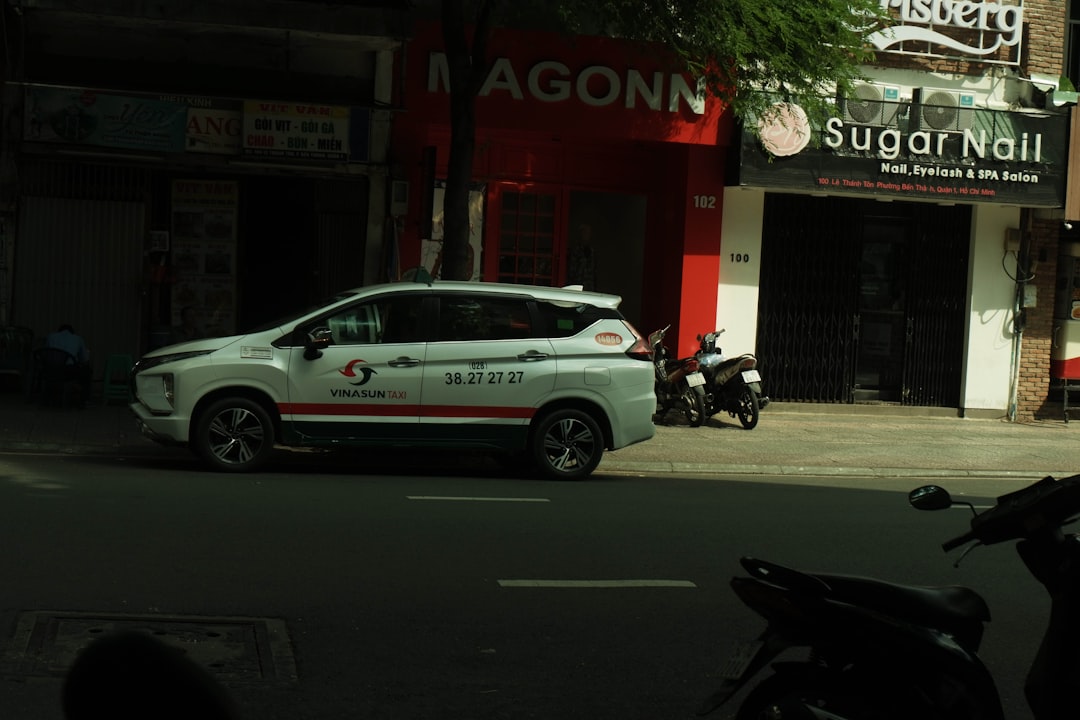
A recurring pain point in car security is the lack of visibility into guard compliance or client engagement. QR deployment addresses this by making routine actions measurable. It also creates new pathways to convert interest into pipeline without relying on phone calls or business cards that get lost.
Start with three foundational use cases that align with common customer interactions. As performance data comes in, expand and refine each flow to match your market and property types.
As you roll out these use cases, define a clear destination for each code and a corresponding follow-up workflow. For instance, emergency scans should alert on-call supervisors, while quote requests should route to a sales queue with a 15-minute SLA during business hours.
Anonymous traffic and untracked engagements make it difficult to personalize outreach. Each QR scan, however, carries valuable context: where the scan happened, which asset was involved, what the user wanted, and when. This is the foundation for a segmented audience strategy that prioritizes high-intent prospects and delivers tailored communication.
By deploying unique codes across locations, vehicles, and campaigns, you can auto-segment users and feed that intelligence into your CRM and ad platforms. Over time, your retargeting becomes more precise, moving beyond generic sequences to behavior-driven journeys. For step-by-step tactics, see Sona’s Playbook titled Intent-Driven Retargeting: Driving High-Impact Campaigns with First-Party Intent Signals.
For car security guard services, useful audience distinctions include property managers vs. residents, fleet operators vs. retail tenants, and incident reporters vs. quote seekers. Mapping content and offers to these segments improves relevance and conversion at each stage.
Disconnected campaigns lead to wasted spend and diluted messaging. A prospect might see a patrol car, receive a flyer, and visit your website without encountering a cohesive journey. QR codes act as connectors, unifying your offline presence with digital flows that collect data and deliver outcomes.
A strong multi-channel plan uses QR codes to remove friction at decision points, proves performance with scan data, and reinforces messaging across print, events, and digital placements. The goal is a repeatable, trackable funnel from first touch to conversion, regardless of where the interaction starts.
With a centralized platform like Sona QR, you can manage codes across channels, monitor performance, and sync scan data to your CRM and ad platforms. This turns previously hard-to-measure assets into a connected engine for growth.
Launching a QR program in car security guard services is not just about printing codes. It requires a clear purpose, thoughtful design, and disciplined measurement. Use the following steps to structure your rollout and reduce the risk of wasted effort.
Begin with one high-impact workflow. Prove the value with clean metrics, then expand placements and use cases using what you learn. A phased approach lets operations and sales adapt without overwhelming your teams.
Choose the workflow most prone to lost leads or inefficient tracking. Common starting points include after-hours visitor sign-in, on-the-spot quote requests from patrol car decals, or incident reporting in areas with recurring issues. The right use case is one where a single scan can replace a cumbersome analog action.
Once selected, define the desired outcome and follow-up path. For example, a visitor sign-in flow should create a lead in your CRM, time-stamp the visit, and notify the on-site guard. An incident reporting flow should notify a supervisor, open a case, and update the incident log automatically.
Decide between static and dynamic codes. Static codes are tied to a fixed destination, useful for evergreen assets like an overview PDF. Dynamic codes allow you to change the destination, track scans, and capture richer analytics. For campaigns that need iteration or reporting, dynamic is the better choice. For planning tips, see QR codes in marketing.
For this industry, dynamic codes are typically preferred. They support rapid updates for emergency protocols, seasonal offers, or adjusted coverage schedules. They also power the analytics required to connect scans to revenue and operations outcomes.
Design for scannability and clarity. Use high-contrast colors, adequate quiet space, and a size that fits the environment. Include a short, benefit-driven call to action that tells users exactly what they get when they scan. Reinforce your brand with a logo and a simple frame that catches the eye.
Test across devices, distances, and lighting conditions commonly found in garages and lots. Verify that scanning works at angles, that the destination loads quickly on mobile, and that forms are accessible. Conduct a small field pilot before scaling to every vehicle or property. Also follow basic QR cyber safety practices for users and teams.
Roll out your codes at the highest impact locations first. Target access points, patrol vehicles, uniforms, and direct mail. Match placement to behavior and environment: codes near gates should prioritize fast actions like check-in or incident reporting, while codes on brochures can drive to deeper content and scheduling.
Brief your team on how to introduce QR flows during interactions. Guards can invite residents to scan for feedback or to verify credentials. Sales reps can reference codes on collateral to transition conversations into measurable actions.
Connect scan data to outcomes. Use a platform like Sona QR to log time, location, device, and campaign source. Map scans to conversions in your CRM, such as booked consultations, signed contracts, or additional service hours purchased. This closed-loop view shows which placements earn their keep.
Iterate based on results. A/B test calls to action, swap destinations that underperform, and redeploy underused placements. Over time, build a playbook of proven QR tactics by property type and audience segment to guide new deployments.
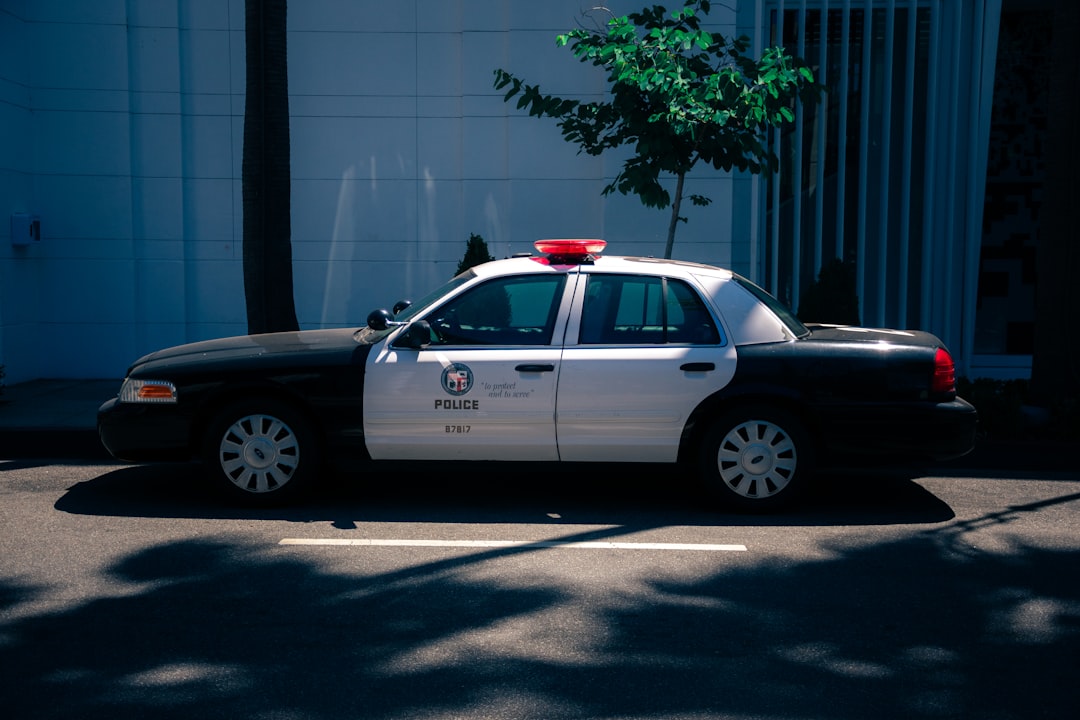
Measuring results is difficult when operations rely on paper logs and disconnected systems. Without clear attribution, it is hard to know which signs or vehicles drive leads, how fast the team responds, or which messages motivate action. A robust analytics workflow anchored in QR activity closes this loop and creates a reliable bridge from field engagement to revenue.
Start by instrumenting your codes with tracking parameters and ensuring every scan flows into your CRM. Align each code with a campaign and use case so you can evaluate performance at a granular level. Then, connect scans to pipeline stages and revenue events to understand how offline engagements contribute to growth.
With Sona QR for code management and Sona for attribution and identity resolution, you can connect anonymous scans to known buyers and unify touchpoints across the buying journey. The result is a performance view that shows exactly how physical engagement drives pipeline and which optimizations produce measurable gains.
Once your initial use cases are live, scale your impact by refining placements, automating follow-up, and training staff to promote scanning. Small improvements in flow speed, clarity, and attribution produce compounding benefits over time.
Lean on automation and segmentation to make each scan count. When every action triggers a relevant response and is captured in your systems, you create a flywheel that feeds both operations and growth.
Integrate your QR flows with the platforms you already use. With Sona QR, you can generate codes, monitor performance, and sync scan data with tools like HubSpot and Salesforce. This ensures every scan is a valuable input into sales, service, and operations.
For car security guard firms, embedding QR codes into operations and marketing redefines client interactions and lead capture. It brings measurable transparency to every step, transforming missed leads, anonymous traffic, and disconnected campaigns into actionable opportunities. When every curbside conversation, garage sign, and patrol vehicle becomes a digital entry point, growth accelerates and service quality improves.
Firms that adopt a QR-driven approach benefit in three pivotal ways. First, they deliver immediate, seamless engagement at key touchpoints such as parking lots, mailers, and patrol encounters. Second, they create a smooth handoff from first contact to nurturing, shrinking the window in which competitors can intervene. Third, they gain analytics that link scans, inquiries, and conversions to performance and revenue, turning field activity into a measurable growth engine.
Transitioning from legacy systems to a fully integrated, QR-enabled workflow allows car security guard services to overcome persistent issues of missed leads, slow response, and inconsistent messaging. With every scan, engagement becomes traceable and every interaction an opportunity to enhance outcomes. From faster sales cycles to more responsive patrol schedules and improved customer experiences, QR technology builds a practical foundation for sustained growth.
If you are ready to get started, create your first dynamic QR codes, connect them to mobile-friendly destinations, and integrate scans with your CRM. Platforms like Sona QR make this easy, giving you the tools to generate, manage, and measure QR codes in minutes. As you scale, Sona.com can help you attribute revenue and unify buying journeys so you can prove impact and invest where it counts. Start creating QR codes for free.
QR codes have revolutionized the car security guard services industry by transforming traditional lead capture into a seamless, measurable process. Whether it’s acquiring new clients, enhancing the customer onboarding experience, or streamlining service requests, QR codes replace cumbersome paperwork with instant, mobile-friendly interactions—capturing valuable data that turns every engagement into a powerful business opportunity. Imagine knowing exactly which security checkpoints or promotional materials generate the most leads and acting on that insight in real time.
With Sona QR, creating dynamic, trackable QR codes is effortless. Update campaigns instantly without the hassle of reprinting, monitor every scan, and link interactions directly to your sales pipeline. This means no missed prospects, smarter resource allocation, and quantifiable growth for your car security guard services. Start for free with Sona QR today and transform every scan into a loyal client and a secured future.
QR codes enable instant digital engagement at key touchpoints, allowing guards and clients to report incidents, verify credentials, request quotes, and track patrols, which enhances accountability, responsiveness, and data capture.
QR codes reduce manual errors, enable real-time lead capture, increase operational transparency, speed response times, lower labor costs, and connect offline interactions to digital systems for better customer targeting and revenue growth.
QR codes placed at entry points, patrol vehicles, or signage link to mobile-friendly forms or landing pages that allow visitors or clients to sign in, request services, report incidents, or verify guard presence, creating a documented digital trail.
QR codes can be integrated into brochures, vehicle decals, uniforms, event signage, direct mail, social media campaigns, and digital signage to capture leads, provide dynamic content, encourage reviews, and unify multi-channel marketing efforts.
By placing QR codes at patrol checkpoints, guards scan each code to confirm their presence, log observations, and flag issues, which creates a verifiable audit trail and helps optimize patrol routes based on engagement data.
Design QR codes with clear calls to action, test for scannability in typical environments, use dynamic codes for control and updates, and follow cyber safety best practices to prevent misuse and ensure user trust.
QR codes enable visitor, vendor, and guest sign-ins by linking scans to CRM records with timestamps and visit purposes, ensuring compliance with access policies and providing documented proof of authorized entry.
Trends include deploying dynamic QR codes for real-time content updates, integrating QR scans with CRM and marketing platforms for automated follow-up and retargeting, and using multi-format QR codes like forms, vCards, and SMS triggers for diverse user needs.
QR codes support marketing by capturing high-intent leads at physical locations, enabling on-the-spot quote requests, distributing dynamic content that builds trust, and linking offline assets to digital campaigns for measurable ROI.
Use Sona QR's trackable codes to improve customer acquisition and engagement today.
Create Your FREE Trackable QR Code in SecondsJoin results-focused teams combining Sona Platform automation with advanced Google Ads strategies to scale lead generation

Connect your existing CRM

Free Account Enrichment

No setup fees
No commitment required

Free consultation

Get a custom Google Ads roadmap for your business






Launch campaigns that generate qualified leads in 30 days or less.
